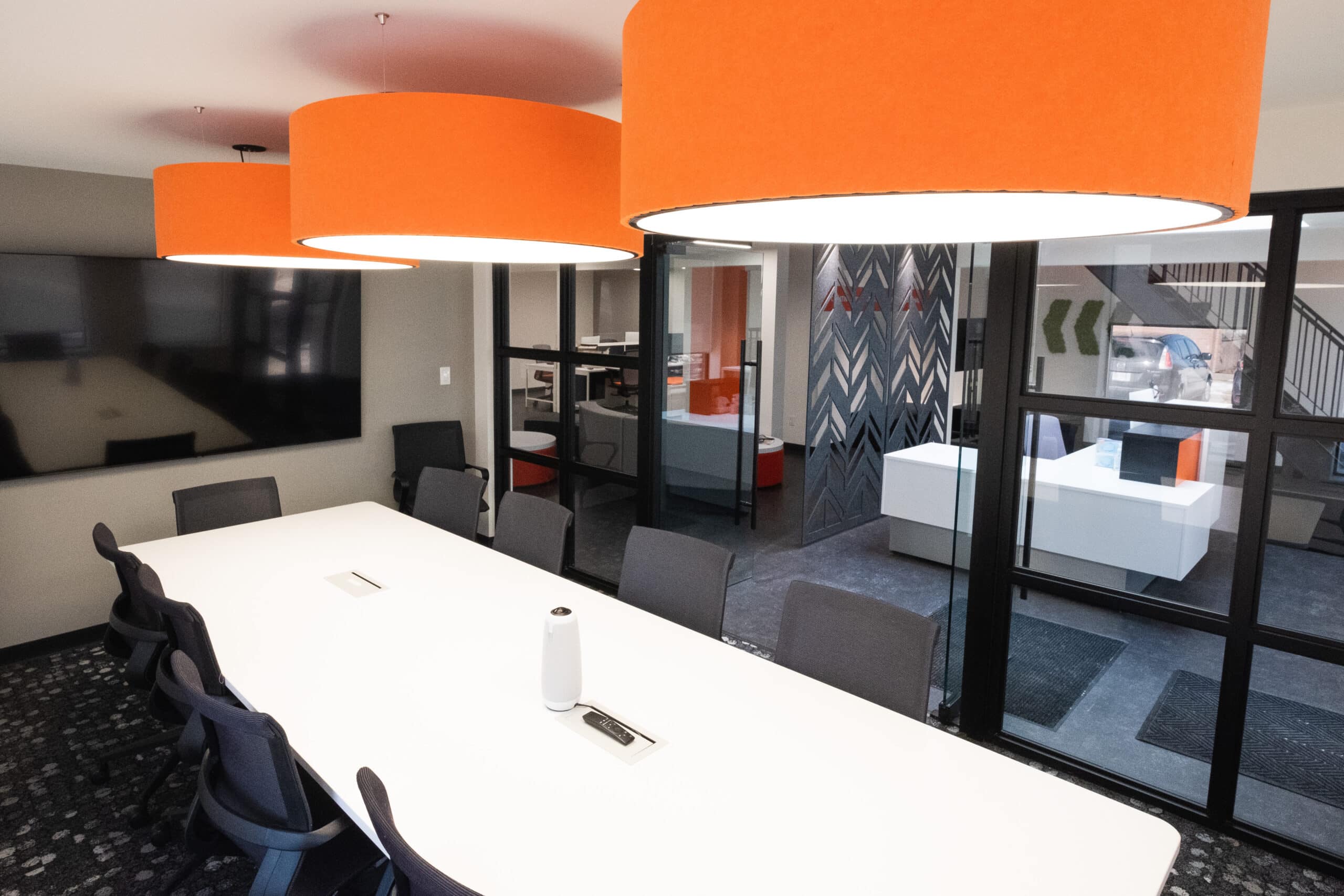Integrating brand colors into office design not only enhances the aesthetic appeal but also strengthens brand identity. This article explores essential strategies for effectively incorporating these colors into your work environment.
The Importance of Brand Colors
Brand colors convey your company’s identity and values.
Choosing the right colors for your workplace is crucial as they evoke emotions and perceptions associated with your brand. When employees and clients enter your office, the colors should resonate with the brand ethos. A well-thought-out color scheme can foster a sense of belonging among employees and create a welcoming atmosphere for clients. Understanding the psychological impact of color can guide your decisions in creating an immersive brand experience that enhances productivity and engagement.
Creating a Cohesive Color Palette
A cohesive color palette is necessary for visual harmony.
To achieve a balanced office design, it’s essential to utilize a cohesive color palette that reflects your brand’s primary and secondary colors. Consider the architectural features and natural light of the space when selecting these colors, as they can significantly impact how the hues appear. Using various shades and tints of the brand colors can also provide depth without overwhelming the environment. This attention to detail ensures that the office not only looks attractive but also remains functional and comfortable for daily operations.
Incorporating Colors Strategically
Strategic placement of colors can influence mood and productivity.
Integrating brand colors involves more than just painting the walls; it’s about strategic placement throughout the office. For instance, using brighter colors in collaboration areas can stimulate creativity and teamwork, while softer hues in break rooms can promote relaxation. Consider different surfaces such as furniture, accent walls, and decor items to showcase your brand colors in a way that feels natural. This strategy not only reinforces brand recognition but also aligns the workspace with the desired emotional tone for specific areas.
Assessing Employee Response
Employee feedback is crucial for effective implementation.
Before making significant changes, seek input from employees regarding their comfort and preferences related to color. Conduct surveys or discussions to gauge their reactions to proposed designs featuring brand colors. Employees who feel valued in the design process are more likely to embrace the changes and enjoy their work environment. Additionally, this input can guide you in making adjustments tailored to the collective taste of your workforce, thereby promoting a sense of ownership and engagement.
Utilizing Color Psychology
Color psychology helps shape the workplace atmosphere.
Understanding the psychological impact of colors can enhance the overall workplace experience. For example, blue tones can induce feelings of calm and focus, making them suitable for areas where concentration is key. Conversely, warmer colours like yellow can stimulate energy and alertness, ideal for dynamic environments. By deliberately selecting colors based on their psychological effects, businesses can create an office space that not only reflects their brand but also supports employee well-being and productivity.
Showcasing Brand Identity
Visual elements should reinforce brand identity.
Incorporate visual elements such as artwork, signage, and textiles that incorporate your brand colors to create an immersive environment. These elements should echo the ethos of your brand while enhancing the overall decor. For instance, wall art can illustrate your company’s mission using relevant shades from your palette, serving as a constant reminder of shared goals. By embedding your colors in various aspects of the workplace, you reinforce brand identity and create a unified atmosphere.
Adapt and Evolve
Be open to evolving color usage based on feedback and trends.
As brand perceptions can shift over time, it’s essential to remain adaptable with your office design. Solicit feedback periodically to understand whether the color choices still resonate with employees and clients. Additionally, keep an eye on design trends that might offer fresh insights into effectively using brand colors in the workspace. Evolving the color scheme, while maintaining brand integrity, can enhance the overall work environment and demonstrate a commitment to a contemporary, responsive company culture.
Incorporating brand colors into office design is a multifaceted approach that fosters a strong identity, enhances aesthetics, and supports employee well-being. By thoughtfully selecting and implementing these colors throughout your workspace, you can create an environment that embodies your brand and motivates your team.

